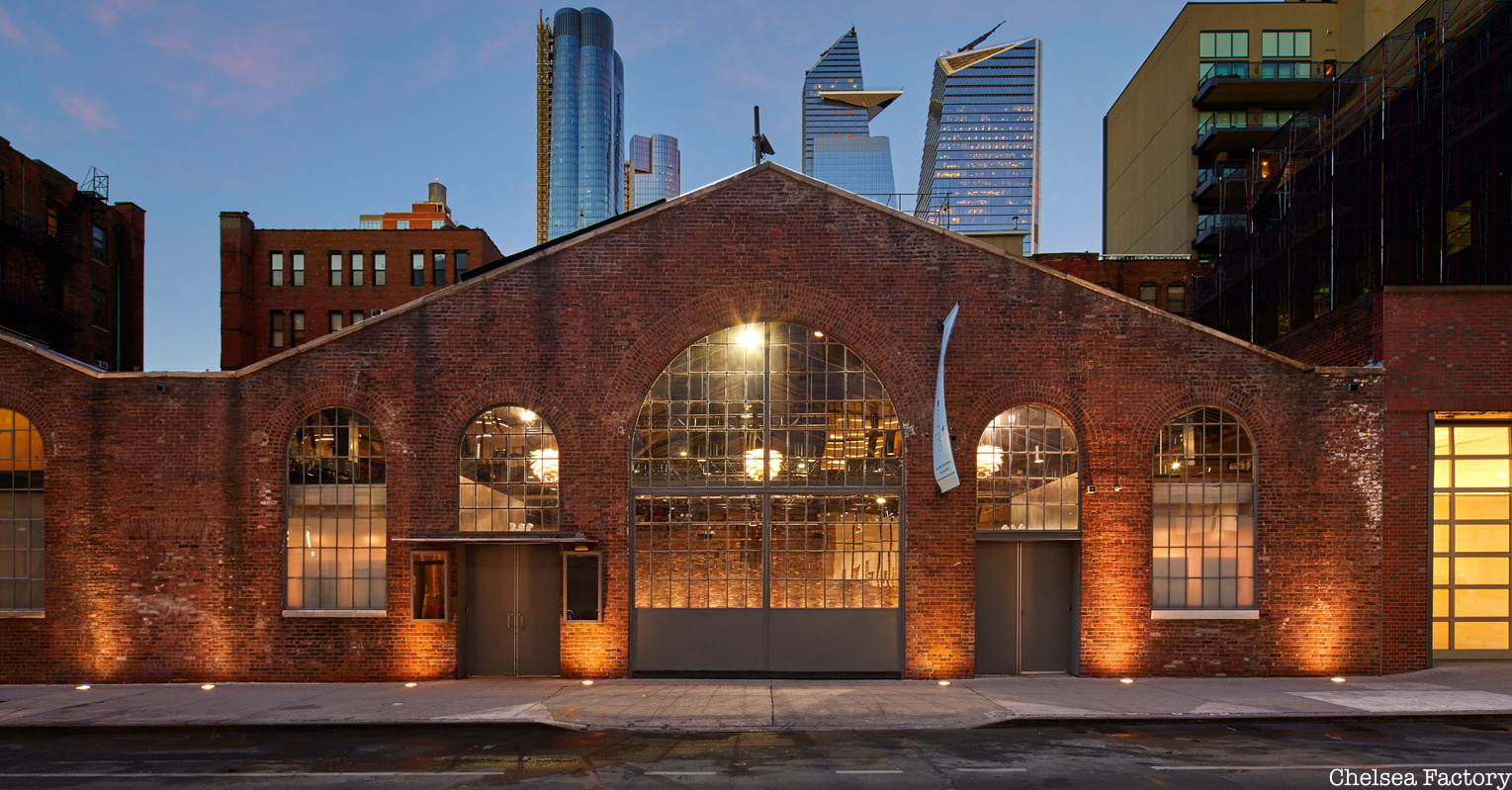What makes Chelsea Factory stand out as a unique New York City cultural arts hub? This landmarked gem, located at 547 W 26th St., was built in 1914 and was initially an auto-garage and home to taxi cabs. It then became the home of fashion photographer Annie Leibovitz in the 1990s. She remained there until 2005, when Cedar Lake Contemporary Ballet took over the residence and made it their own until their closing in 2015.
The transition of Chelsea Factory taking over began as soon as Vornado Rental bought the building in 2015 and transformed it into an event space until the pandemic began last year. Chelsea Factory then secured a lease with Vornado and construction to improve the space began in March 2021. The exciting new multicultural art space opened in November 2021 with a mission to help artists whose work was disrupted by the pandemic by hosting events and residencies.
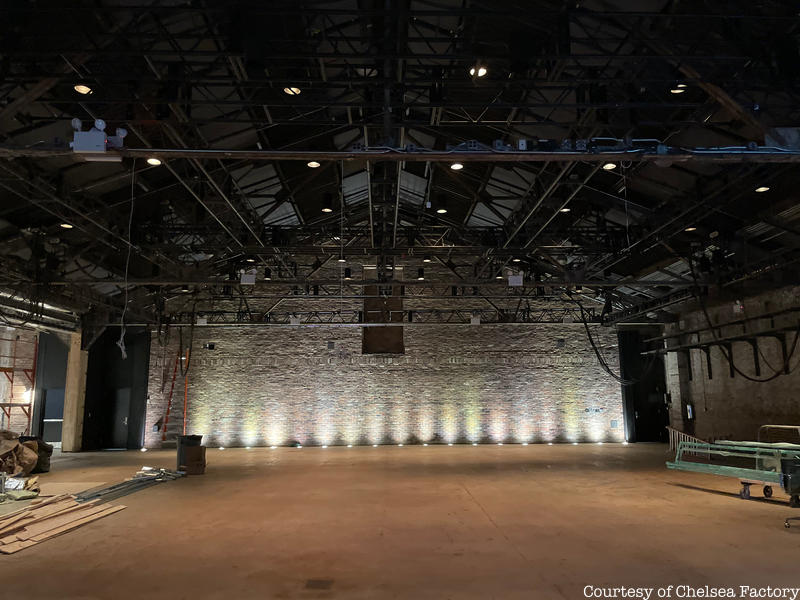
“We’re excited to have this new purpose in such a historic and significant space,” Chelsea Factory’s Executive Director, Lauren Kiel, and Managing Director, Donald Borror, told Untapped New York. According to the New York Times, the center is backed by philanthropists, bankers, and real estate executives and will operate as a pop-up initiative for five years. It will offer residencies and stipends to artists in music, dance, theater, and film. The first group of artists in residence will each receive $10,000 stipends, studio space, and production support.
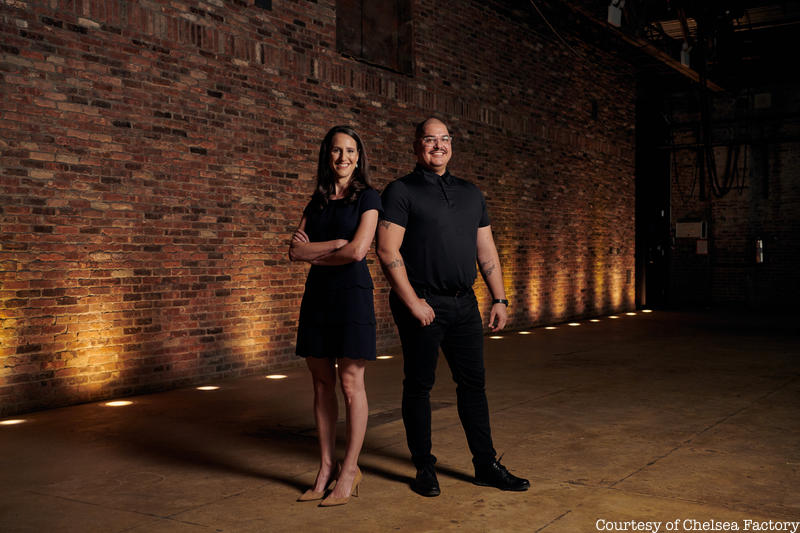
Chelsea Factory’s programming partner, The Joyce Theatre, recently announced their upcoming season beginning in the second week of January. Eclectic artists such as tap dancer Luke Hickey, choreographer Kyle Marshall, queer ballet performer Adriana Pierce, and the brilliant Calpulli Mexican Dance Company will all perform at the Chelsea Factory. Tickets are already on sale on their official website for the January 11-23 performances.
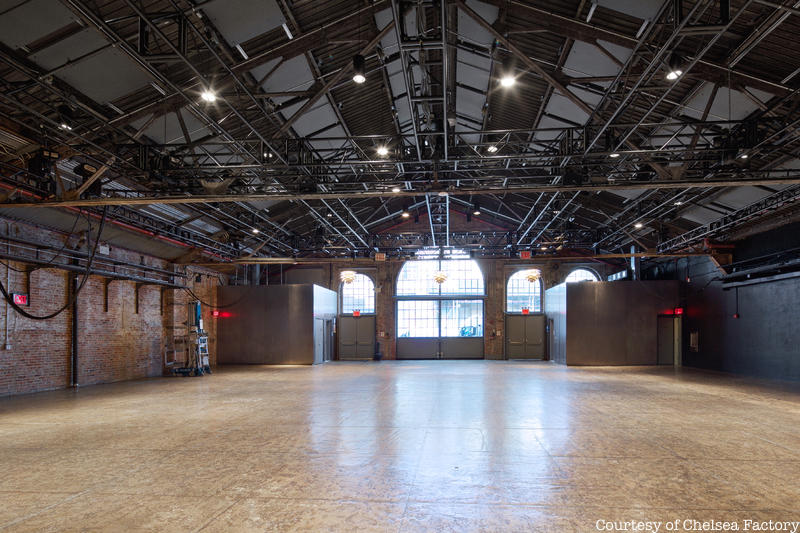
“We look forward to a string of lots of different types of organizations, artists, and companies going through, and we will announce that full calendar lineup here after the first of the year. And in the meantime, we’re very excited about the organizational partners that we’re working with, including the Julliard School with the Julliard Jazz program, National Sawdust, National Black Theatre, Harlem Stage, and New Victory Theatre, to name a few,” said Donald Borror.
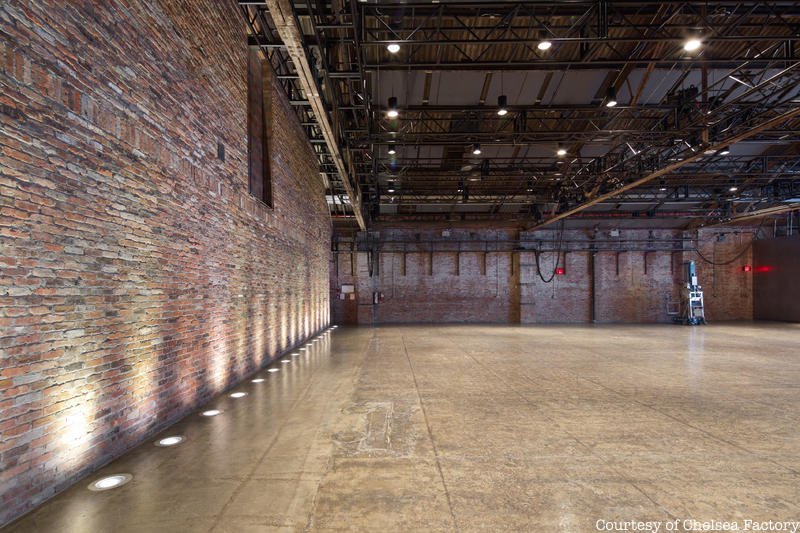
“The idea behind Chelsea Factory is that we are building a program and our resources online to support the artists’ ensembles in community groups of New York City as we crawl our way out of this pandemic and how we’re doing that is we have the artist’s residency program where New York City-based artists from historically-excluded communities can come to Chelsea Factory and workshop pieces that maybe they dreamed up during the pandemic, reimagine their art in a way that we find many artists have rethought or rediscovered the direction in which they want their careers to go during the last almost two years of a shutdown at this point,” said Lauren Kiel.
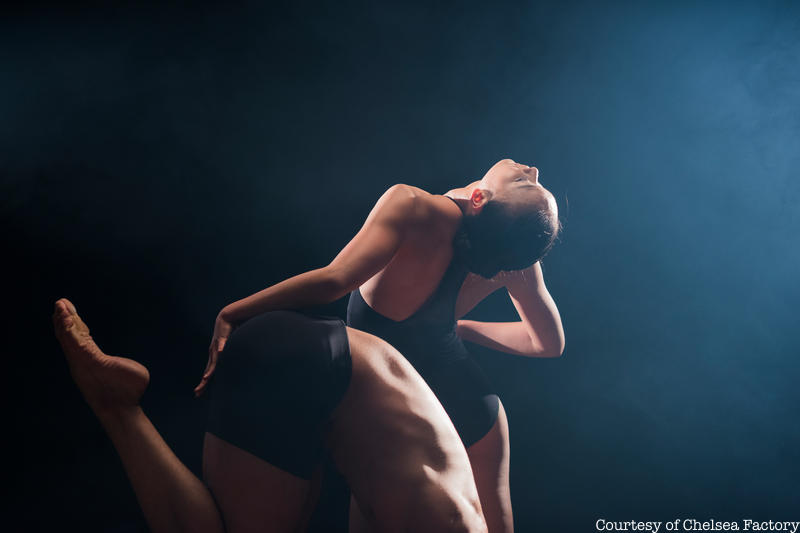
“We’re supporting institutions in the city as they reopen, and they have a backlog of programming from all the performances and artists that they had to cancel during the pandemic, and now they’re trying to book, and Chelsea Factory can supply a venue for them to continue to show some of the pieces instead of canceling so many of the artists and talent in the city along with community groups, education classes, workshops, meeting space.”
Chelsea Factory’s existence is fundamental to the art community in New York City due to its dedication to providing a space for artists to transition from Zoom to the stage. Not only are workshops available for established artists everywhere, but open classes for emerging artists are a part of Chelsea Factory’s exciting future as well.
Next, be sure to check out the top 15 secrets of Chelsea in New York City!






